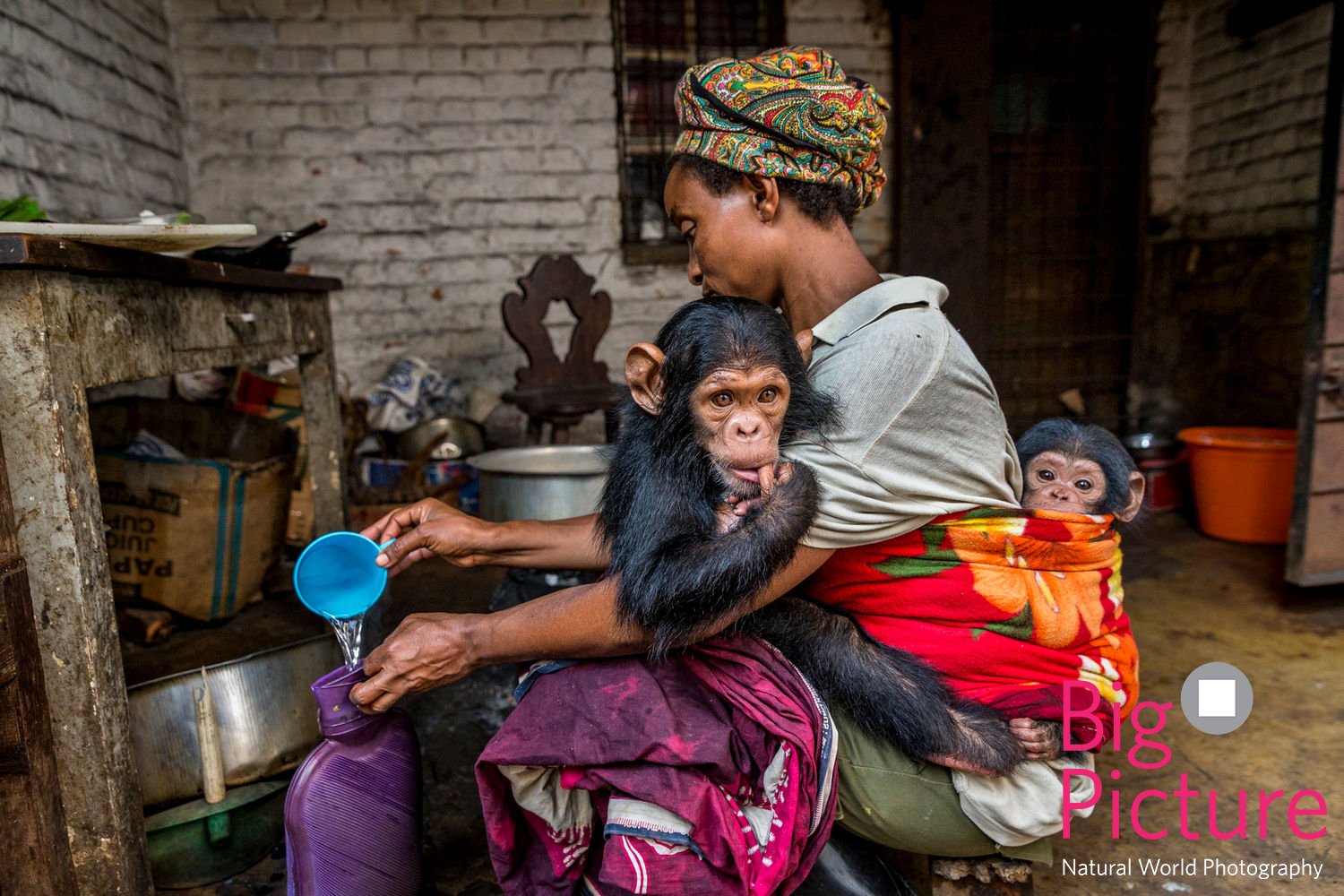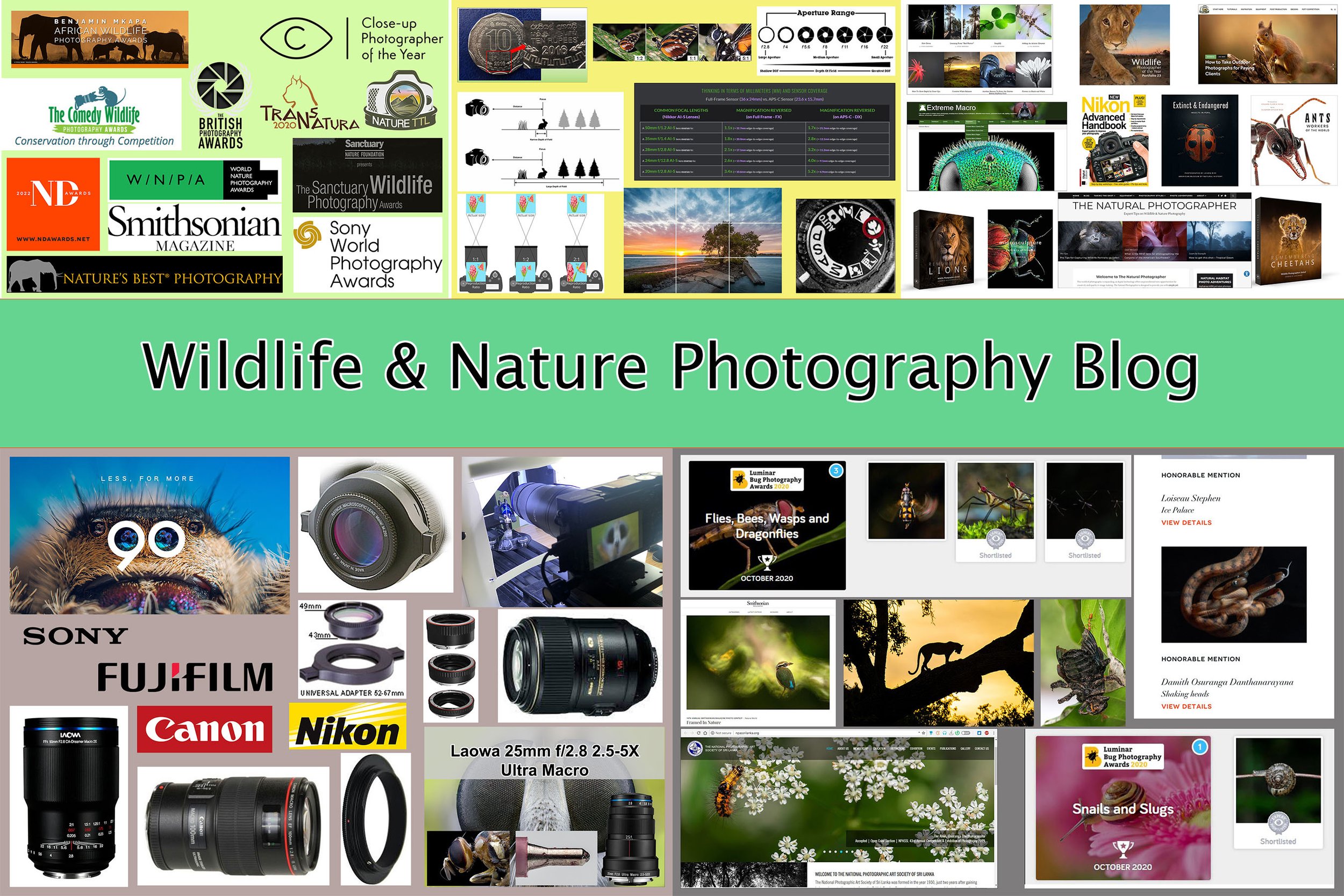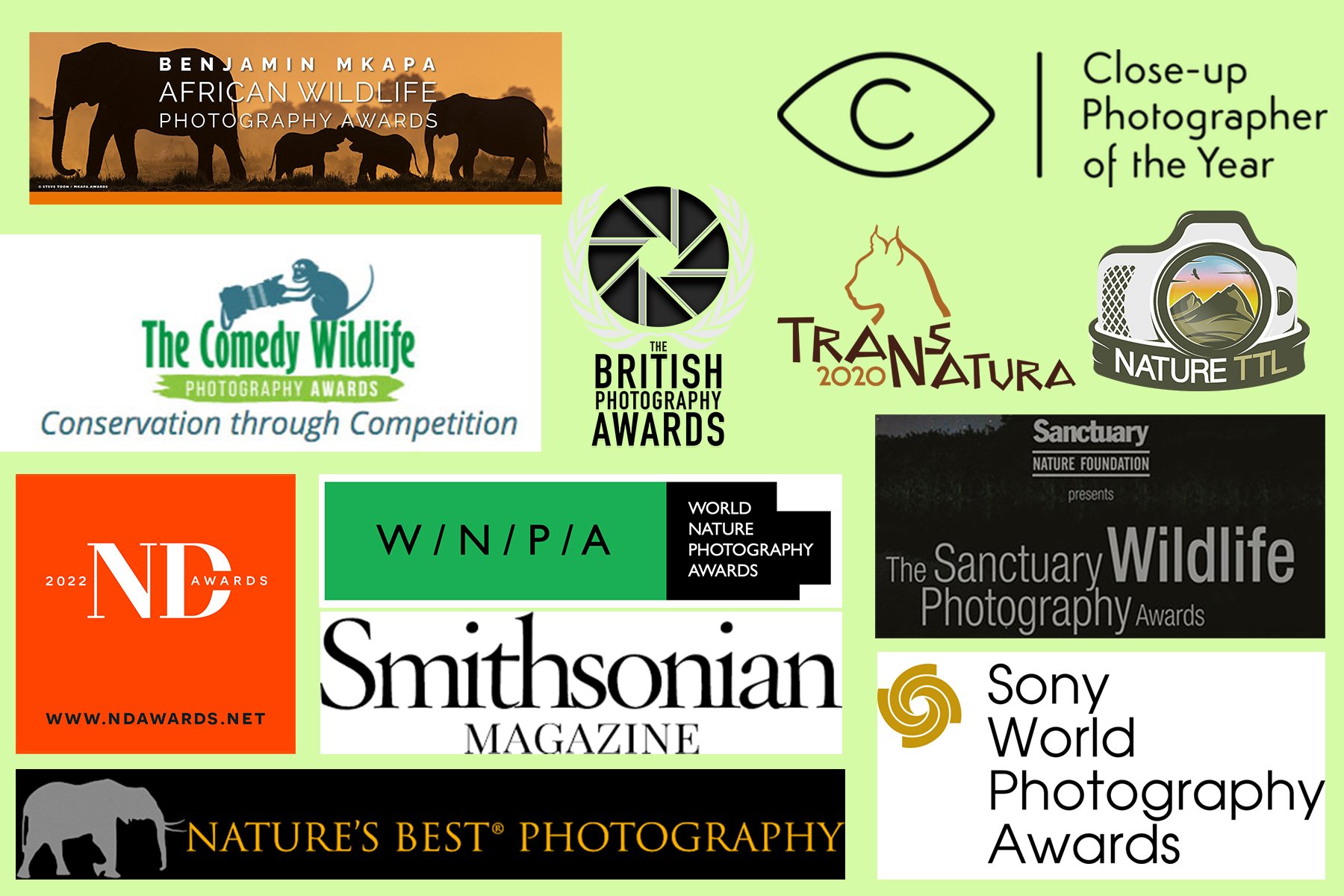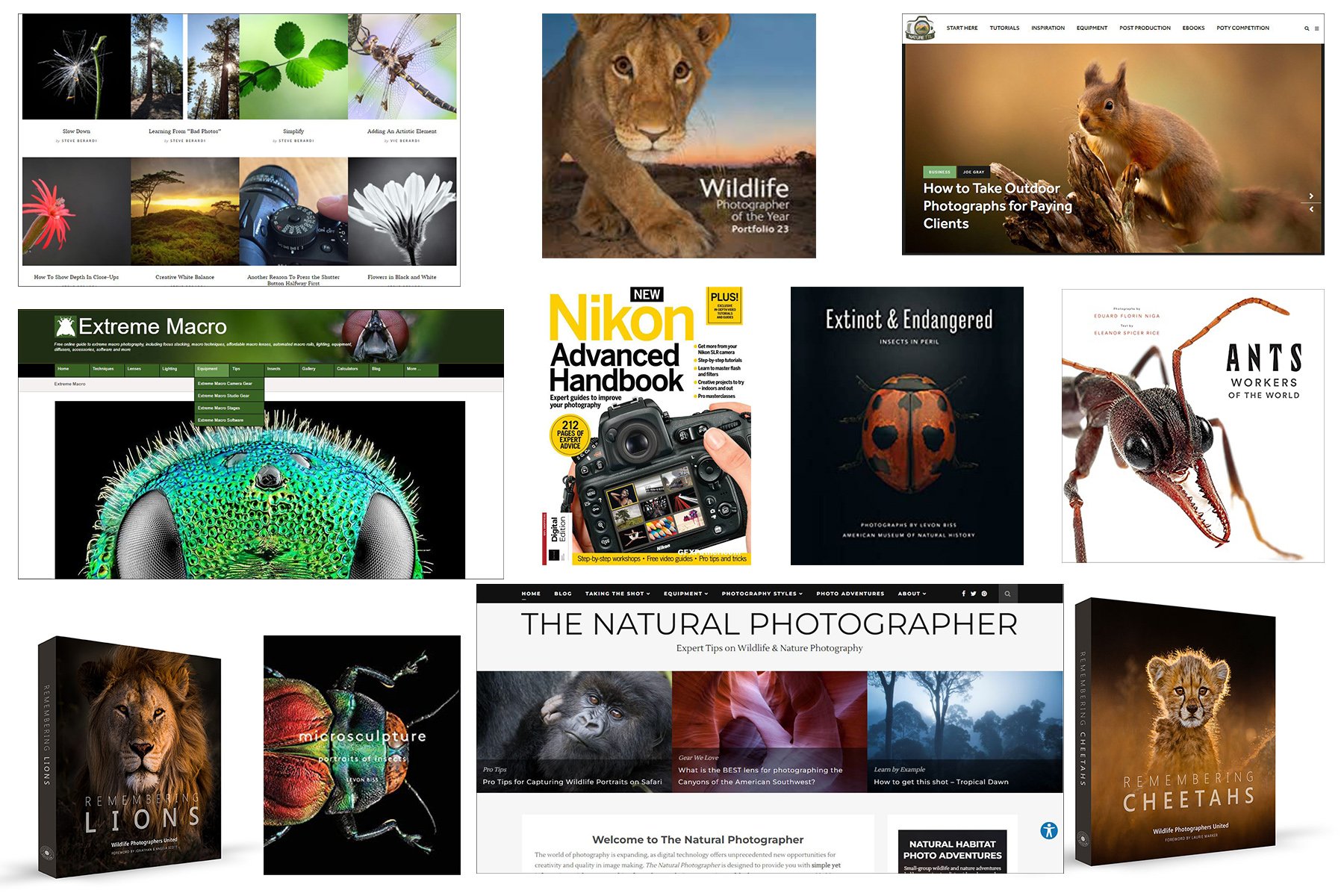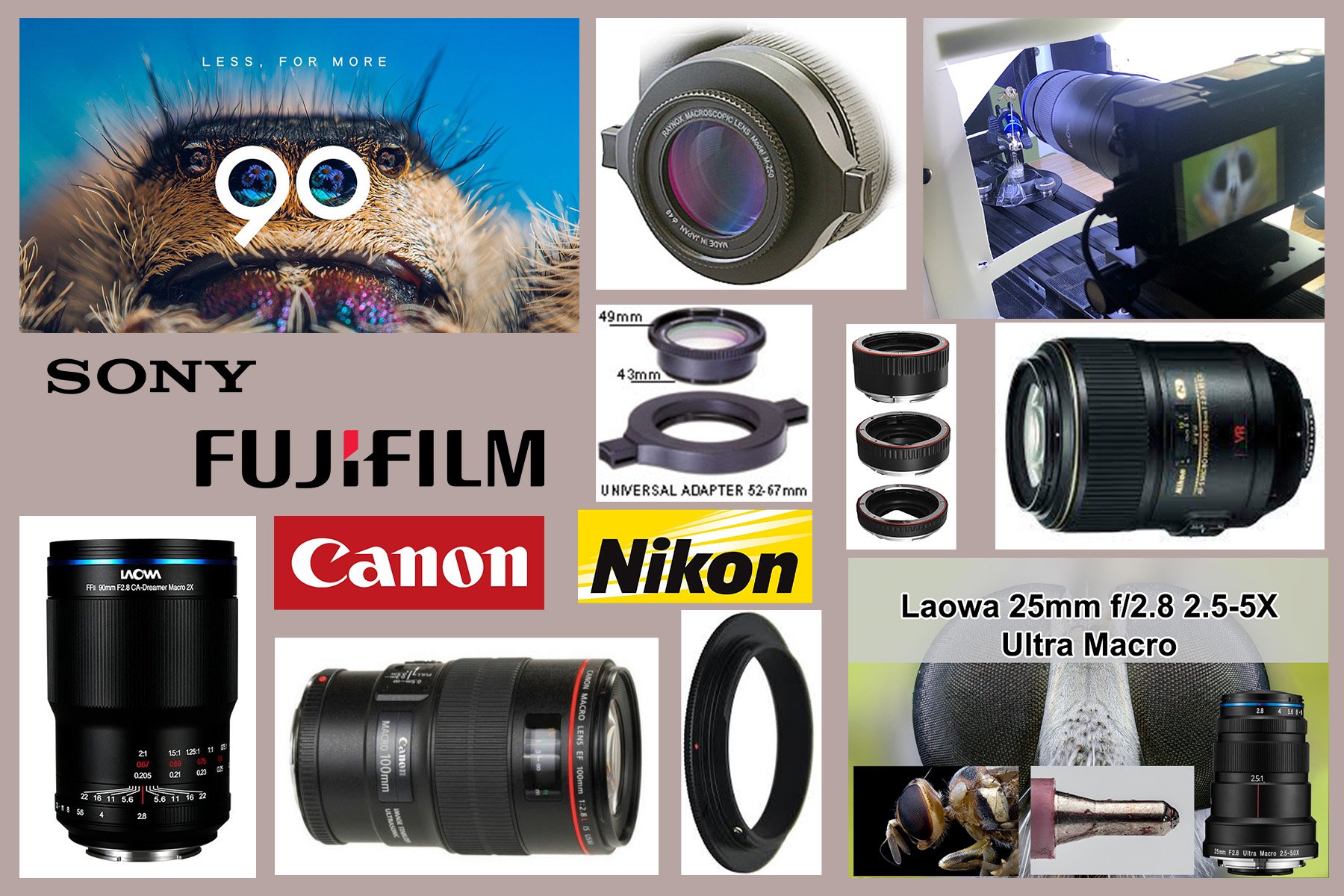BigPicture 2024 Competition: Now Open
Deadline: March 1, 2024
BigPicture is open to all photography enthusiasts and professionals alike worldwide to compete for a chance to win the $5,000 grand prize. The BigPicture Photo Competition begins at 12:00 am North American Pacific Standard Time (PST) on December 1, 2023, and closes at 11:59 pm North American Pacific Standard Time (PST) on March 1, 2024. Presented by the California Academy of Sciences.
Celebrating its 11th year, BigPicture invites photographers globally to participate in a competition that showcases and captures the abundant diversity of life on Earth. Chaired by acclaimed conservation photographer Suzi Eszterhas, the BigPicture competition seeks exceptional nature, wildlife, and conservation images from photographers worldwide. Open to all, this competition provides an opportunity to not only win cash prizes but also to have your work exhibited at the esteemed California Academy of Sciences. Share your captivating images to inspire action for the protection and conservation of our planet's biodiversity.
Entry Fees
Each photographer can enter photos as follows:
$25 for up to 10 single image submissions in any category.
$15 for each 6–8 image Photo Story submission (Unusual Perspectives)
Entrants are limited to up to 10 image submissions per registered email address and may register an unlimited number of email addresses. Payment is made on a secure web page using a major credit card. Entry fees must be received by the competition deadline to be eligible to win. Images are not entered into the competition, eligible for prizes, or made viewable to judges until entry fees have been paid. Entry fees are used to provide the competition prizes and help the academy in its mission and are non-refundable.
Image Categories
Photographers must enter each image in one of the below categories. The same image cannot be entered in more than one category, except that images included in the Photo Story category may also be entered in one other category. Judges reserve the right to switch images to categories that they deem more appropriate.
1. Terrestrial Wildlife:
Animals photographed anywhere in the world. Images may include land-based mammals, reptiles, amphibians, and non-flying insects whether they live in trees or on land.
2. Winged Life:
Birds or flying insects photographed anywhere in the world, in flight, perched, or in action. This category includes flightless birds such as penguins and ostriches.
3. Landscapes, Waterscapes & Flora:
Images of wild places with a unique perspective, from expansive vistas of forests, deserts, and mountains to the micro habitats of plants and other flora. Images may include water environments of oceans, lakes and rivers with images taken above or under water including waves, tide pools and other water scenes.
4. Aquatic Life:
Marine animals including mammals, fish, reptiles, amphibians, and invertebrates spend the majority of their time in the water. This category includes polar bears.
5. Art of Nature:
Abstract expressions of nature and/or science. Life is photographed out in nature or under the microscope. Images may include unusual close-ups, angles, patterns, motion, or perspectives, black and white photography, and images created using scientific imaging tools. Artistic effects should not be the result of digital manipulations.
6. Human/Nature:
Images that depict the efforts of scientists, conservationists, and others working to sustain life on our planet, or the complex relationships between human and nature. Images should illustrate the impacts of humans on the environment and can be either positive or negative impact stories.
7. 2024 Photo Story—Unusual Perspectives:
A 6–8 image submission with captions. Artful angles, bird’s eye views, camera traps, remote locales, and unique points-of-view: are some of the approaches to creating a photo story for Unusual Perspectives. Aerial views of migration. Underwater changes in aquatic habitats. Macro moments of the tiniest lives. What does it look like to live traditionally in a remote region of the world—and harmony with it? This year’s photo story shows how unusual perspectives help bring new insights into our lives on this ever-changing planet.
Image Editing Guidelines
Before submitting your entries, please ensure your photographs are technically compliant with the image editing guidelines below. Entrants are encouraged to think about the ethos of BPPC, and to document the natural world in a way that is both creative and truthful. Adjustments should always comply with the principles of BPPC.
File Naming
Naming convention: category_title.jpg
Replace spaces with underscores
Example: WingedLife_Flamingos.jpg
Photo Story submissions should be numbered
Example: PhotoStory_Sanctuary_1.jpg, PhotoStory_Sanctuary_2.jpg
DO NOT include your name in any file names.
Image Captioning
Images should have caption information submitted with the following:
Description of the behavior pictured and the background story
The exact location
Species name, if known
If the subject is captive, restrained, deceased, or taxidermy, the photo caption must disclose that info, please include details.
DO NOT include your name in the caption or on the image itself.
Keep intact any EXIF details (e.g. camera, lens, exposure etc).
Image Specifications
Submitted as JPG or JPEG files in Adobe RGB or sRGB
Images should be a minimum of 1920 px on the long edge, and a maximum of 3000 px
No borders, watermarks, or signatures are allowed. Your image will be immediately disqualified if these elements are included.
For proof of authenticity:
Original digital camera RAW files (e.g. CR2, NEF, ARW, ORF, etc.) will be requested if your image is selected for the final judging round. Original raw files must be 12 megapixels or larger.
Original transparencies or negatives are acceptable.
DNG files are acceptable only if that is the native recording format of the camera.
Digital images captured as JPEG are allowed, providing the original un-retouched JPEG is available for inspection.
For printing in all media and for possible inclusion in an exhibition:
A full-res uncropped image (preferably TIFF) will be requested if your image is selected as a finalist or winner. This should be an 8-bit or higher file at 300 dpi.
If interpolation of an image is required for printing, it will be undertaken by the selected printer.




